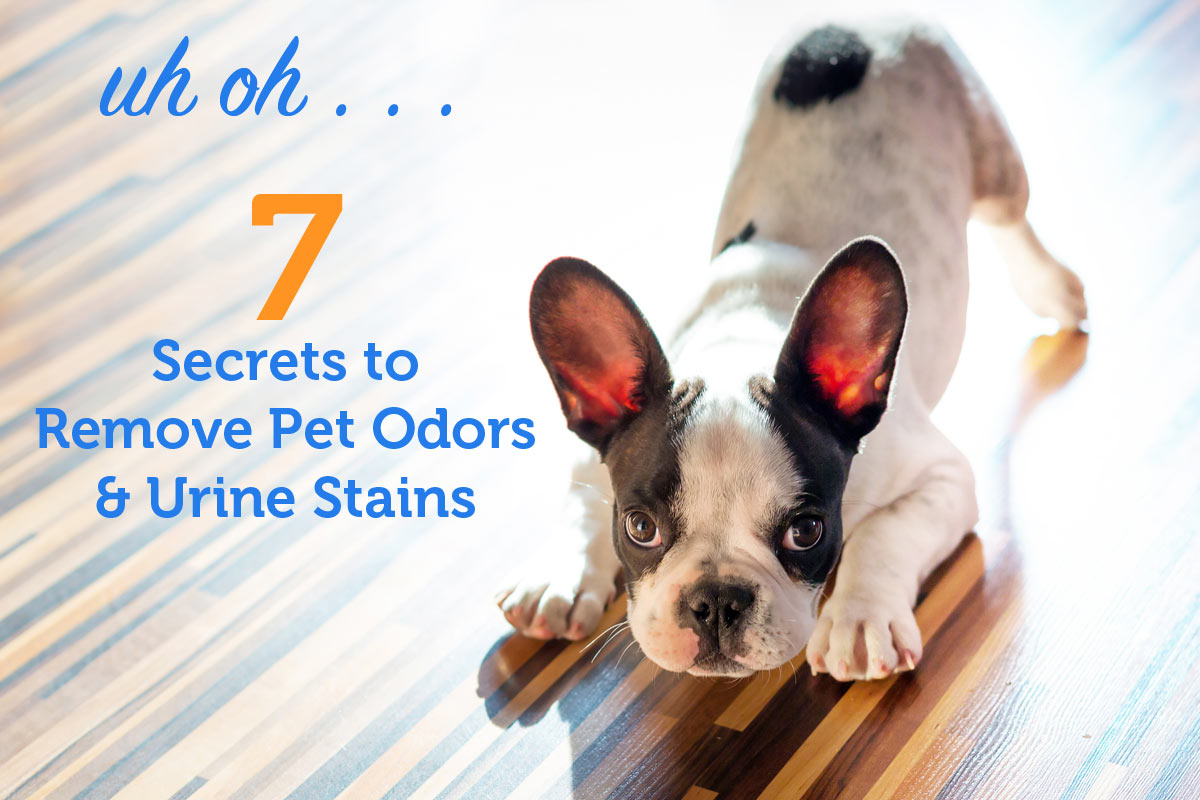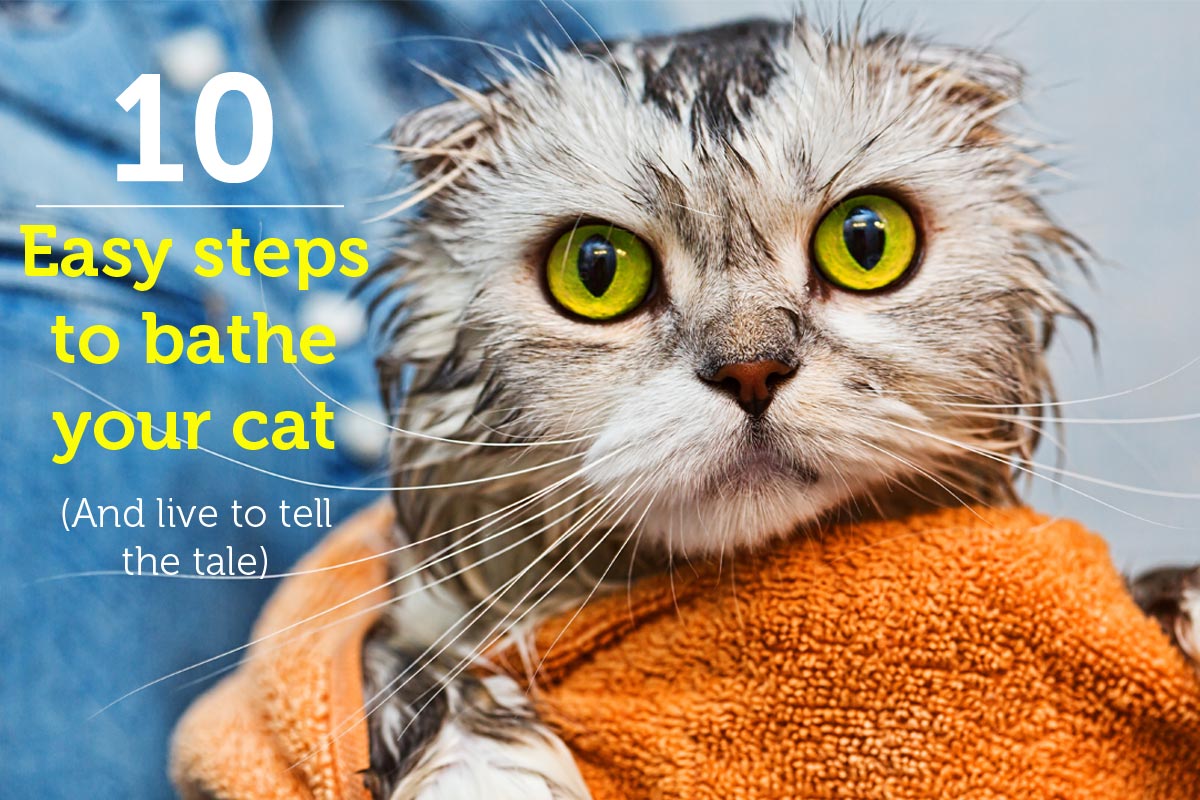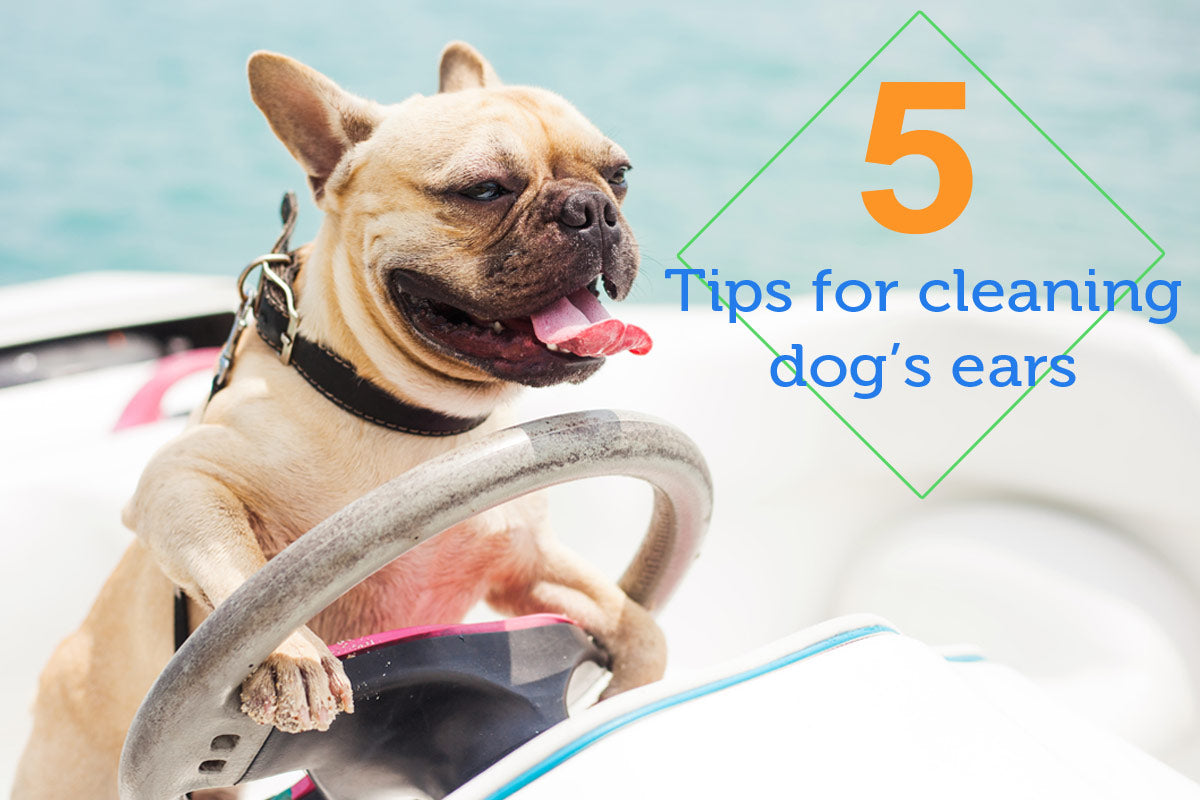You love your precious pet, but the urine stains and odors they leave behind? Those you’re not so fond of.
Rather than throw in the (dirty) towel and accept pet stains and odors as an inevitable part of dog or cat ownership, it’s time to reclaim your space and enjoy your home sweet home once again.
Where should you start? Right here with these 7 secrets to remove and prevent pet odors and urine stains.
1. Blot Pet Urine Right Away
Pet urine gets stinkier as it concentrates, which means you’ll want to move at lightning speed when you first notice dog or cat urine on the carpet. Blot with a clean rag or towel to prevent the urine from seeping deeper into the carpet.
Tip: press down on the rag with an old shoe or heavy book for ultra-absorbing action. Once you’re done blotting, move on to removing the pet urine odor and stain.
2. To Remove Cat Urine Odor, Put the Ammonia Down
When you need to clean cat urine from the carpet, avoid any cleaning products with ammonia. Ammonia will actually set the stain.
Worse, it could make your cat repeat the offense in the same spot, as ammonia is a component of cat urine, and cats like the smell of their own urine.
Best Cat (and Dog) Urine Deodorizers
Vinegar: From adding kick to your potato salad to removing pet stains, there’s nothing this pantry staple can’t do. To use as a carpet deodorizer for pet urine, mix one part vinegar with one part lukewarm water.
Pour the vinegar solution onto the carpet (or use a spray bottle) and scrub with a scrub brush. Blot and let dry, then sprinkle with baking soda and vacuum it up.
Don’t like the long-lasting smell of vinegar? Use a non-toxic pet deodorizer spray and call it good.
Oxyfresh Pet Deodorizer: This USA-made pet deodorizer is superior over other brands because it’s free of toxic fragrances and chemicals. Instead, it uses the power of Oxygene® to neutralize bad pet odors on contact.
Ultra-versatile, you can use Oxyfresh Pet Deodorizer anywhere pet odors are a problem: carpets, crates and even directly on your pet! This is a favorite pet deodorizer of vets, groomers and thousands of dog and cat owners like you.
Learn more about the science of Oxygene®.
3. Be Stealthy with Food & Toys
It’s no secret that dogs and cats don’t want to urinate where they eat or play. Once you’ve cleaned up a pet urine stain, you’ll want to discourage any repeat performances.
When the area has dried, put food bowls or toys in that area, and play with your dog or cat in that spot.
4. Add Green to Your Scene
The prettiest way to naturally remove pet odors is by adding foliage to your house. Plants will naturally detox your home and purify the air.
Before you rush out to your local nursery, do your homework on which plants are pet-friendly plants. Here’s a handy list of 11 detoxifying plants that are safe for pets.
5. Change the Filters to Get Rid of Pet Odors
Ever feel like no matter what you do, your home just smells like … well, pets? The problem could be your furnace or AC filter.
If you’re not changing your filters often enough, those bad pet odors will just keep circulating throughout the house.
6. Wash Your Pet’s Bedding Every 2 Weeks
One of the chores owners often forget about is washing their pet’s bedding. Smells from the bedding can overtake the whole house, and your pet! A good rule of thumb is to wash your pet’s bedding every 2 weeks.
In a pinch and don’t have time to wash the bedding? Use this non-toxic Pet Deodorizer.
7. Be Proactive to Prevent Cat Urine on the Carpet
Is your cat trying to get even with you for something by urinating on the carpet? While it’s an interesting theory to bat around with your friends, cats simply aren’t plotting their revenge on you while you’re at work.
There are generally 5 reasons for cats to urinate outside the litter box. Get to the root of the problem and spare your carpets from cat urine.
- Illness: urinary tract infections, kidney disease or diabetes can all cause cats to urinate outside the litter box.
- Arthritis: this joint disease can make it difficult for older cats to get to their litter box. Make sure the litter box doesn’t have sides that are too high and that it isn’t located in an area where it’s difficult for your pet to access.
- Litter Box is Too Dirty: Just like you might turn your nose up at a portable potty that isn’t clean enough, so might your cat. You’ll want to scoop the litter every day, or several times a day if you have more than one cat.
- Multiple Cats: If you have multiple cats and one is bullying the other, it can prevent the more timid cat from using the litter box. What you can do: give your shy cat her own litter box and space. Avoid the covered varieties; that way there’s no need to worry about other cats inside of it.
- Stress: It’s hard for us humans to understand, but the smell of their own urine makes cats feel safe. Try to remove the source of your cat’s anxiety and stress.
Problem with cat spray? Make sure to spay or neuter your cat, as males will spray to mark their territory and females will spray to send out a mating signal.
Why let dog and cat urine and other bad odors overtake your house for one more day? Follow these 7 secrets for deodorizing your home and start breathing easy once again. Aah!



